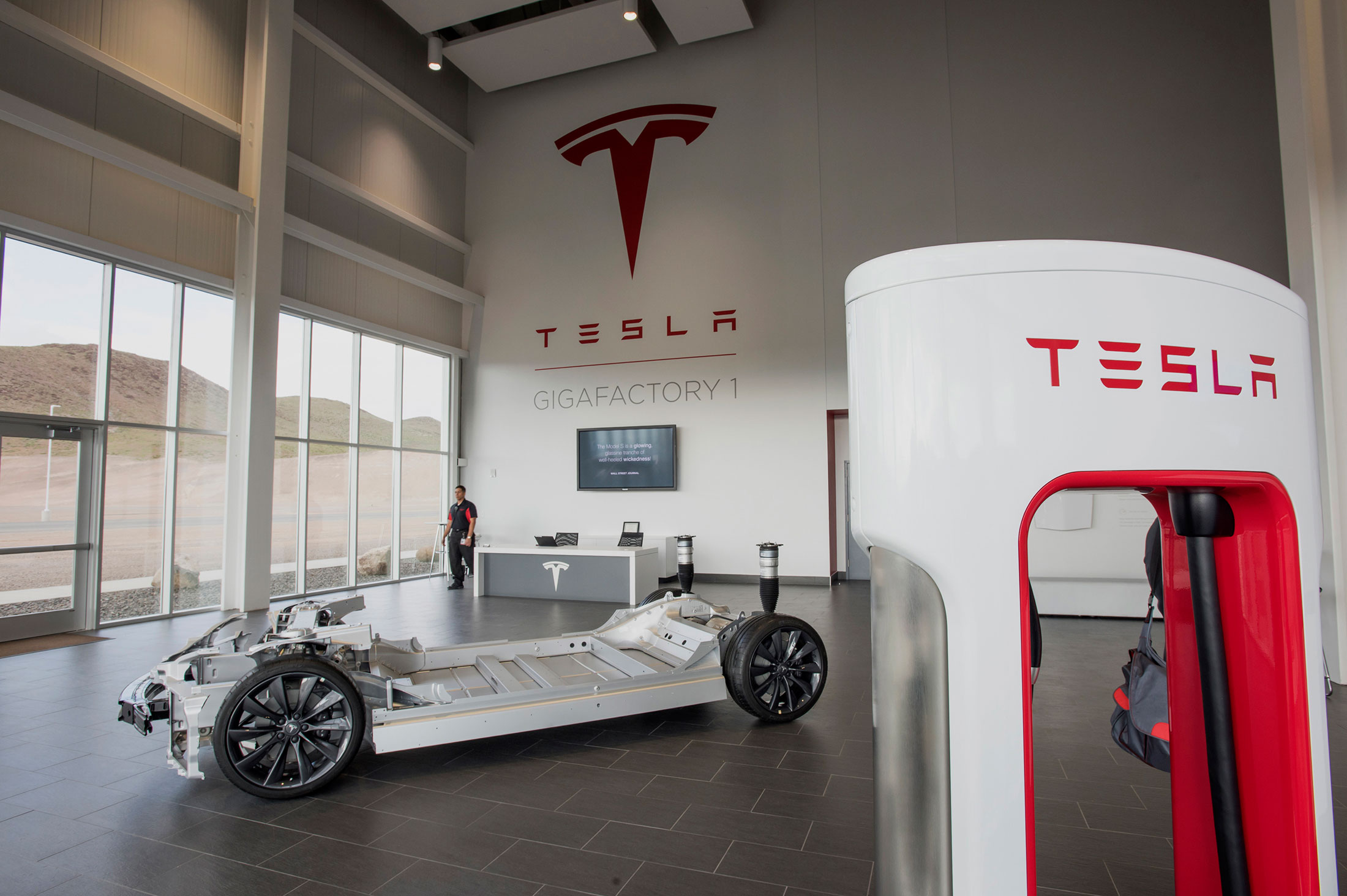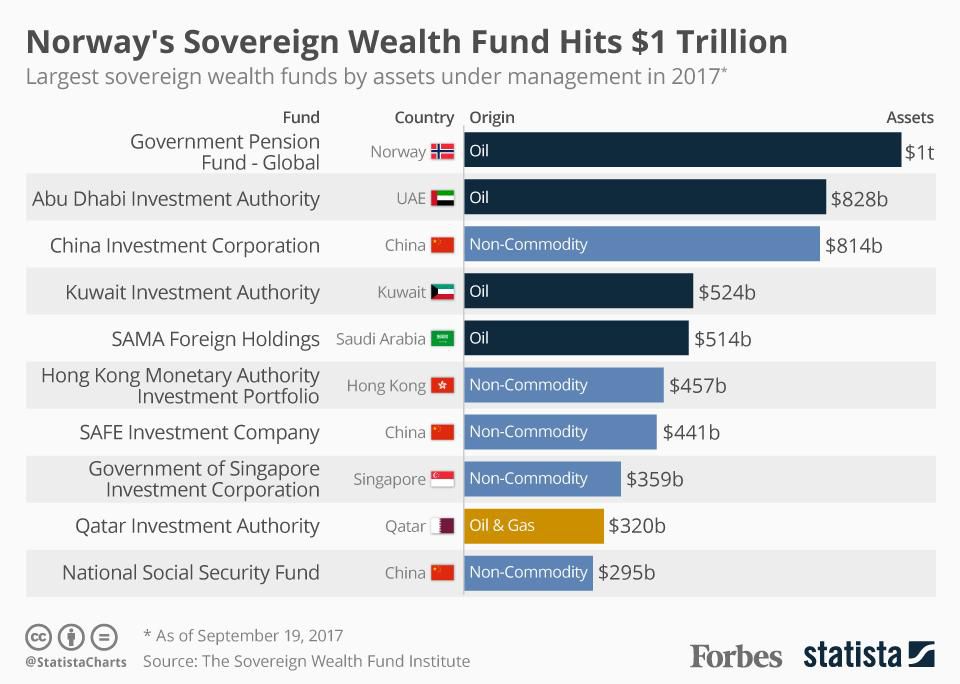According to a recent report, “Several Tesla Inc shareholders have told Reuters they are concerned that the electric car maker will have to pay more to fund its growth if it becomes a private company and loses the ability to sell new shares to stock market investors.”
Tesla does lose the ability to sell new shares to stock market investors once it goes private. There are always pros and cons to everything that we do and Tesla is going to be no different. But it’s the first part of the statement I would like to address here: Should investors be worried about increasing funding costs?
Yes and No.
Companies go public because of several reasons: it’s cheaper and easier to raise large amounts of funds; it makes it easier for existing investors to cash out whenever they want, a.k.a liquidity; there is a regulator to protect investor interest; and being in the public eye does bring a lot of scrutiny, which will allow investors to be a bit more informed.
Without that ready access to capital, Tesla investors who would consider keeping their stake in a private Tesla – as Musk has suggested – wonder how Tesla would fund itself as a private company.
If Tesla is able to go private, then the company must have raised money for the go-private transaction at a valuation that the world has never seen before. Tesla shares were closed at 305.50 on Friday, giving the electric car maker a market capitalization of nearly $51.41 billion.
Ina recent fund round that valued Uber at $48 billion, Softbank took an18% stake by investing nearly ten billion dollars in the ride-sharing major. The latter reported a mind-boggling $4.8 billion in losses in 2017.
Tesla’s total capital expenditure between 2008 and 2017 was $8.7 billion. And Tesla took nearly ten years to report a net loss of $4.836 billion. But between 2008 and 2017, Tesla went from building just a few cars a week to more than 7,000 cars a week. And it’s approaching 8,000 units per week according to Evercore analysts who visited the factory recently.
If the existence of economies of scale is true, then the chance of Tesla’s per unit production cost staying at the same level in 2018 and 2017 is equal to zero. Cost/Unit cannot be the same when a company builds 100,000 cars and when it is building 300,000 cars. If that were the case, then no one will be building factories; every thing will be handmade, including cars.
What I am trying to get at here is this: Though we still don’t know if Uber will be profitable in 2019, the odds are extremely high for Tesla to be profitable over the next four quarters. That’s why Tesla’s management has been saying it over and over – that Tesla will report GAAP profits in Q3-2018 and Q4-2018.
But Tesla has gone down this road before. Their aggressive growth plans got them to invest fiercely, and profitability stayed alive for a very short period of time. If Tesla repeats that, then it will only be profitable in the short term. But I don’t think that’s going to happen, hopefully, because of two reasons. Tesla going private and, when you are private, you want to stay cash flow positive if you want your company’s valuation to record a slow and steady rise.
Uber’s recent funding round decreased the company’s valuation from $68 billion to $48 billion, thanks to widening net losses and increasing competition.
Thanks to SpaceX, Elon Musk knows exactly what private investors and the cost differential of a cash flow positive and cash flow negative company mean.
During the second quarter earnings call, Tesla CEO Elon Musk said, “And from an operating plant standpoint, from Q3 onwards, I really want to emphasize our goal is to be profitable and cash-flow positive for every quarter, going forward. Now obviously, if there’s a big recession or there’s a severe force majeure event that interrupts the supply chain, that’s not always possible, but we’re confident that in, provided the economy is roughly where it is today or reasonably good and there’s not a big force majeure event that we – I feel comfortable achieving a GAAP income positive and cash flow positive quarter every quarter from here on out.”
Need more evidence? This is what he said in his highly emotional interview with NYT:
“I thought the worst of it was over — I thought it was. The worst is over from a Tesla operational standpoint. But from a personal pain standpoint, the worst is yet to come.”
The worst is over from a operational standpoint because Tesla is nearing max capacity at its production facilities, and this is the time the economies of scale will start bearing fruit. A profitable Tesla will be able to raise funds in the private world, and it will be equity-based transactions, just like how Uber raised funds recently. The cost of raising equity is dilution, not debt and an 18% interest rate.
Want to know how much debt SpaceX has? Zero
“SpaceX CFO Bret Johnson said in a statement provided to Quartz. “Furthermore, with over $1 billion in cash reserves and no debt, the company is in a financially strong position and is well positioned for future growth.”
The only way this could have happened is SpaceX kept selling equity to raise additional funds.
Tesla is now approaching 8,000+ units production per week and the company might as well hit 10,000 units per week by the end of this year. That puts their production capacity at a half million vehicles a year run rate. Tesla says that it will be profitable in Q3 and Q4, which is possible as volume forces per-unit production costs to decline. Musk says that he wants to stay profitable every quarter here on out, which I think is also possible because he is planning to take Tesla private. And then there is local funding ready to pour its way into Tesla’s Gigafactory in China.
Now, how many private investors and funds that are sitting awash with cash are going to say, sorry Elon we cannot give you ten billion dollars for your company in exchange of equity?
And if they are going to buy equity, what will the cost of raising funds? A few meetings and and a lunch at Fremont, probably.




